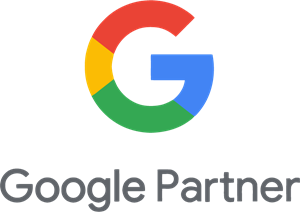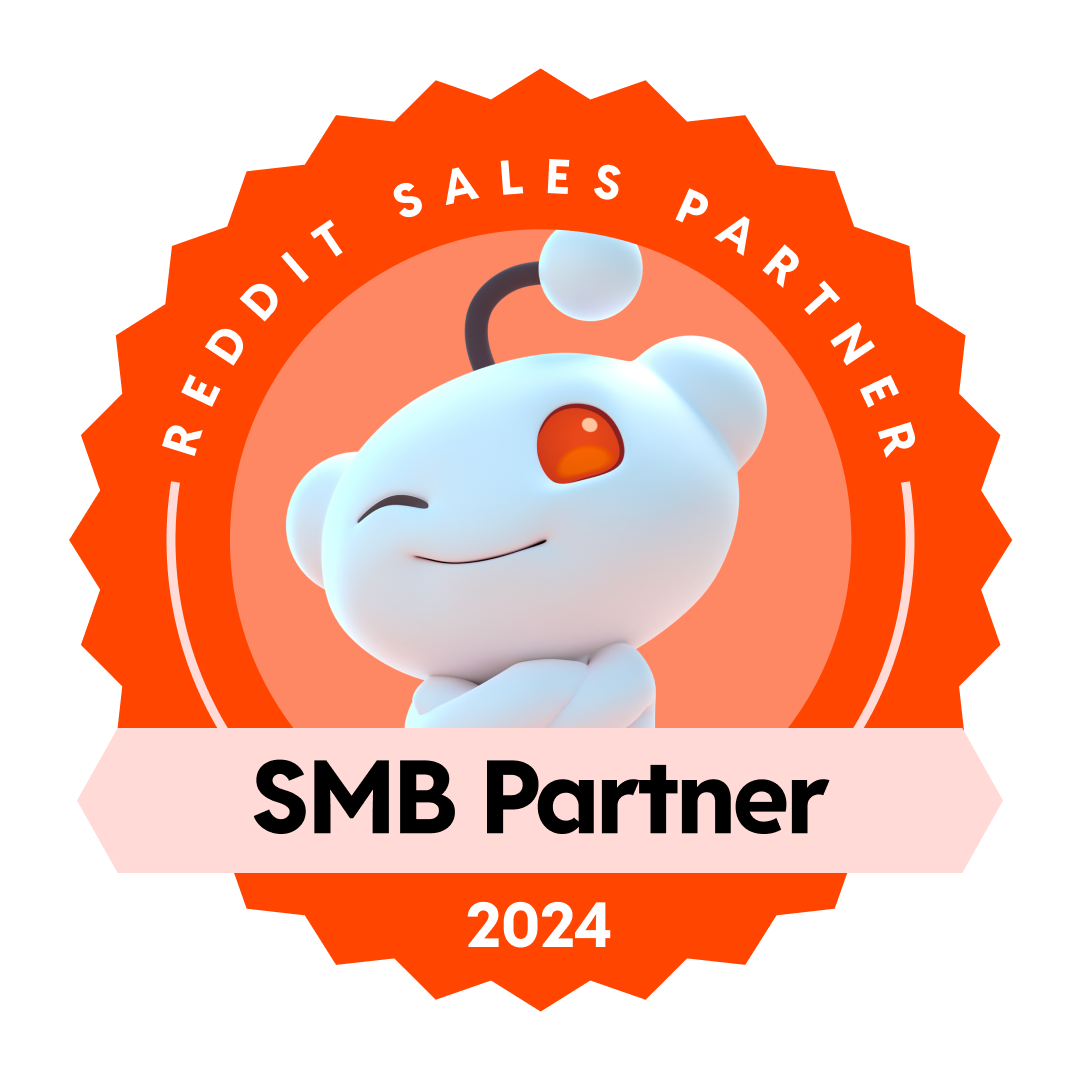
First-Party Data Explained: The Smarter, Privacy-First Marketing Strategy for Long-Term Growth
June 24, 2025
As brands shift toward privacy-first marketing, first-party data is emerging as the foundation of smarter strategy, stronger targeting and sustainable growth.
Read More
Why YouTube Ads Should Be Part of Your Digital Marketing Strategy
June 19, 2025
YouTube Ads are promotional videos that appear on the YouTube platform, before, during or after video content, or directly in search results and in-feed.
Read More
Evolution of AI | Agentic AI’s Role in the Future of Marketing
June 11, 2025
Agentic AI is the next step in evolution of artificial intelligence. Unlike traditional Generative AI, which reacts to prompts, Agentic AI acts with intention.
Read More
Creative Promos That Convert | How a Marketing Agency Elevates Your Campaigns
June 3, 2025
In today’s oversaturated marketing landscape, creativity is the currency of attention. Brands that succeed are those that break the mold, spark emotion and stay relevant across every customer touchpoint.
Read More
Beyond the Algorithm: The Power of Deep Research in AI
May 27, 2025
Deep research makes AI smarter, safer, and more strategic—transforming tools from reactive assistants into solutions built for accuracy, nuance, and trust.
Read More
From Click to Call: How Local Service Ads Drive Results for Local Businesses
May 20, 2025
Google Local Services ads are designed to deliver high-intent calls and messages without the inflated budgets that come with traditional digital advertising.
Read More
